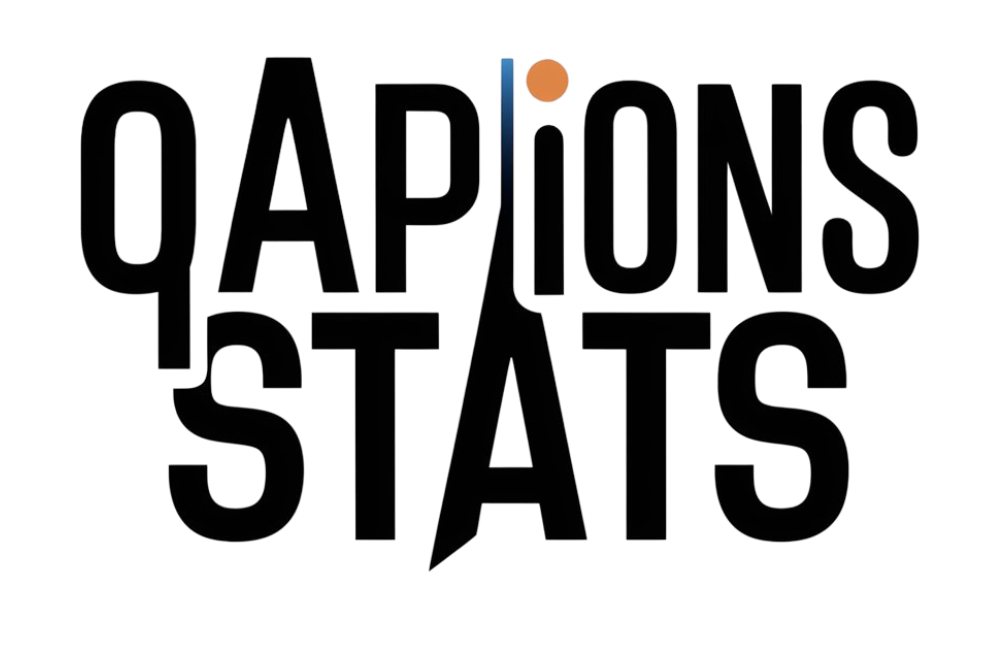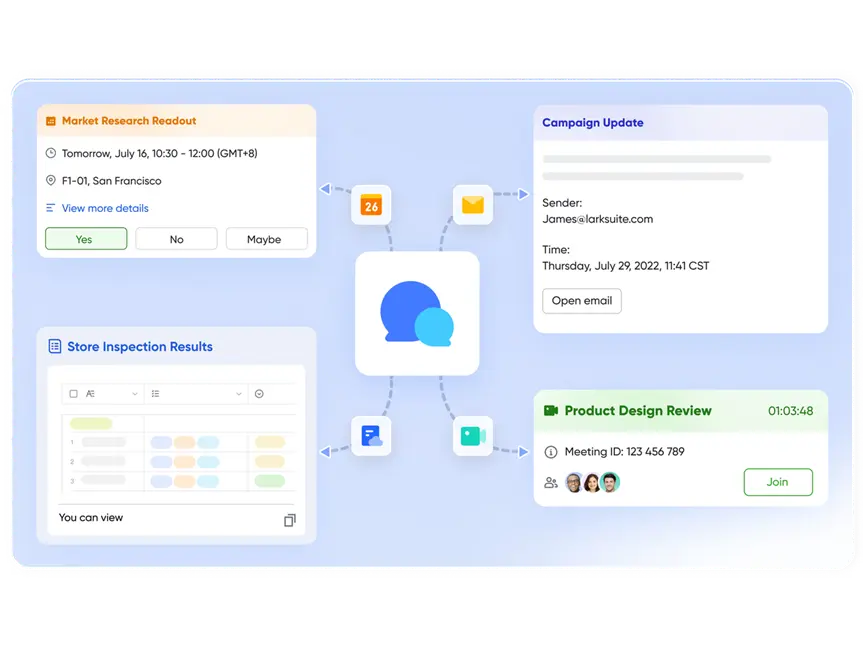In the past, remote work was a backup plan. Today, it’s the operating system for ambitious companies. What separates thriving remote-first organizations from struggling ones isn’t talent — it’s rhythm. The rhythm that keeps teams communicating, executing, and delivering without constant supervision.
The best project management tools make this rhythm possible. They span geography, automate coordination, and give people clear guidelines to act anywhere. Lark is the brand new standard of an intelligent platform that enables remote teams to stay connected, informed, and productive without skipping a beat.
Let’s examine how Lark helps remote-first organizations operate in concert even when their employees are 1000 miles apart.
Lark Messenger: The digital heartbeat of remote teams
In remote companies, communication replaces proximity. Lark Messenger turns that necessity into strength. It’s not just chat — it’s the living pulse of how distributed teams stay aligned, exchange context, and make decisions together.
A design team in Seoul might share a campaign update late at night, while colleagues in Berlin wake up to the full thread — complete with visuals, reactions, and decisions made overnight. Every conversation connects to relevant documents or projects, and therefore context is never lost. Even if there are no meetings, the message history is a complete status update on collective progress. Messenger allows remote teams to work as if they were sitting across the same table – informal enough for creativity, but structured enough to ensure that work gets done.
It transforms digital communication from a barrier into the connective tissue that holds remote culture together.
Lark Calendar: Keeping time zones in harmony
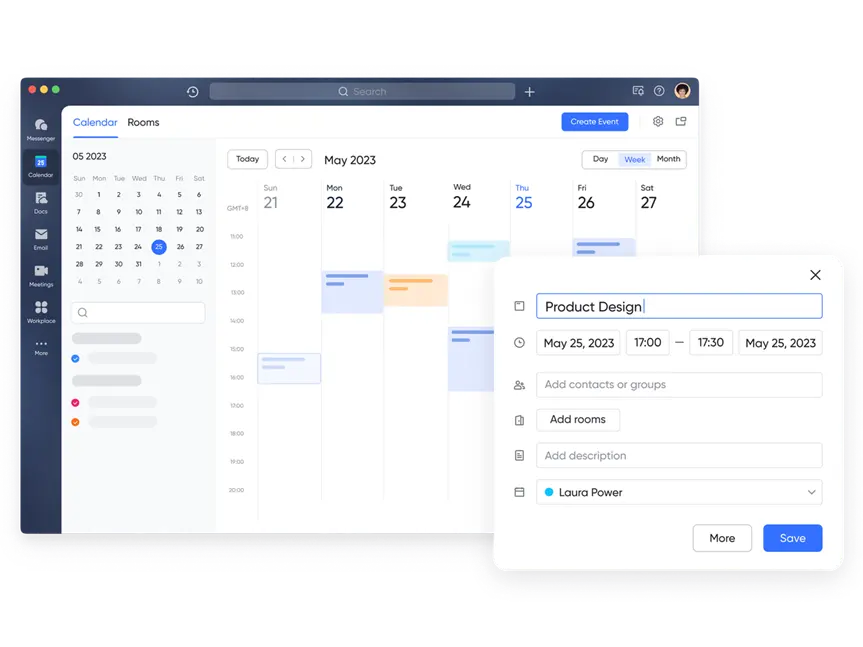
Lark Calendar
When teams are pulled around the globe, an organized schedule can absolutely fall apart. Lark Calendar takes care of that with quiet intelligence — automatically adjusting meetings, deadlines and reminders to each participant’s time zone. What looks like a simple calendar on your screen is really the invisible engine of global coordination.
A project kickoff may occur at 9 a.m. in Singapore, 2 a.m. in London, or 7 p.m. in San Francisco. But no one is doing the calculating. Calendar makes it straightforward to plan sessions together that work for everyone. Shared notes for the event, attached documents, and reminders keep a participant informed and ready.
The result is a rhythm that respects both productivity and boundary. Lark Calendar isn’t just scheduling the time. It’s syncing energy — and helping global teams avoid burnout whilst delivering consistently.
Lark Tasks: Turning autonomy into alignment
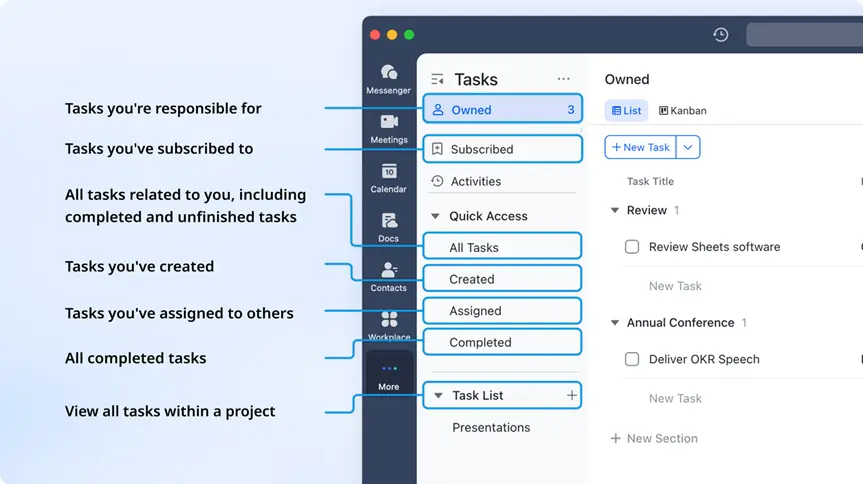
Lark Tasks
Remote-first organizations thrive when individuals can act independently — yet remain connected to shared goals. Lark Tasks provides that connection. It turns self-managed work into collective progress by giving teams visibility into what’s happening, when, and by whom.
For example, a marketing coordinator based in Buenos Aires can see what each of the creative team is working on while working in Tokyo, mark off their own work as done, and see how their work fits into the overall campaign timeline. They don’t have to wait for a communication or a meeting to find out. They can just see it and be on the same page.
Lark Tasks gives distributed teams the ability to get work done quickly while working in tandem. Everyone works at their own pace but no one works alone. It’s accountability without micromanagement — the secret ingredient of remote excellence.
Lark Base: Building shared context across borders
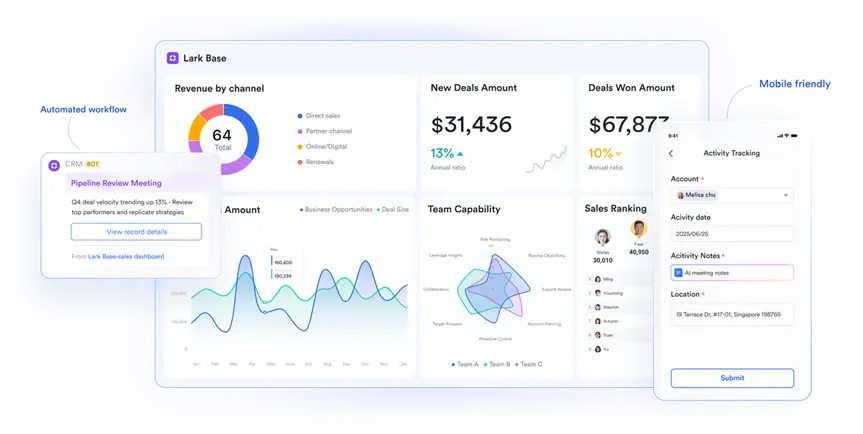
Lark Base
Information silos are the enemy of remote operations. Lark Base eliminates them by creating a shared operational database that unites departments and regions in real time.
Every record — from client updates to product features — is all in one live system that automatically updates. A startup with remote hubs in Toronto, Dubai, and Sydney contributes customer feedback to Base, organized by region, and instantly observes patterns on a global scale. The engineering team then uses the same data to drive product improvement prioritization and customer support updates responses based on recent findings.This is not static documentation . . . it’s living knowledge.
With Base, everyone — from interns to executives — operates from the same truth. For remote teams, that’s not convenience; it’s survival. Predictable outcomes start with predictable data.
Lark Docs: Making knowledge collaboration effortless
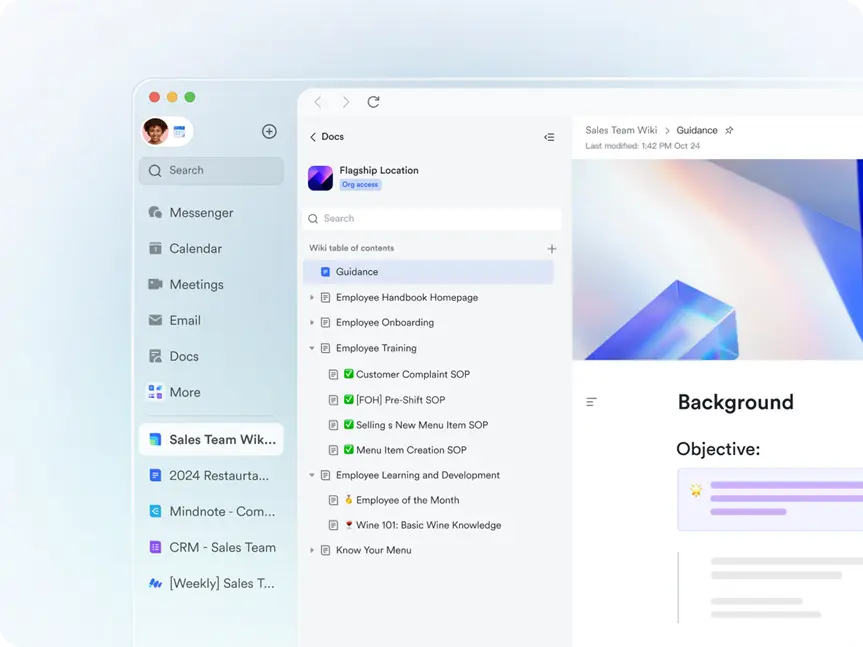
Lark Docs
When teams don’t share a physical workspace, ideas must move faster than people. Lark Docs allows that flow by turning documents into dynamic collaboration spaces. Whether brainstorming, writing proposals, or planning roadmaps, multiple contributors can work together in real time.
Picture a new product launch guide being drafted by a strategist in London, edited by a copywriter in Manila, and reviewed by leadership in Los Angeles — all within a few hours. Comments, revisions, and version histories happen seamlessly in one place, so decisions stay visible and context-rich.
Docs makes knowledge work borderless. It replaces the endless back-and-forth of file sharing with an organic process of building together — the digital equivalent of a live brainstorming wall.
Lark Approval: Automating momentum across time zones
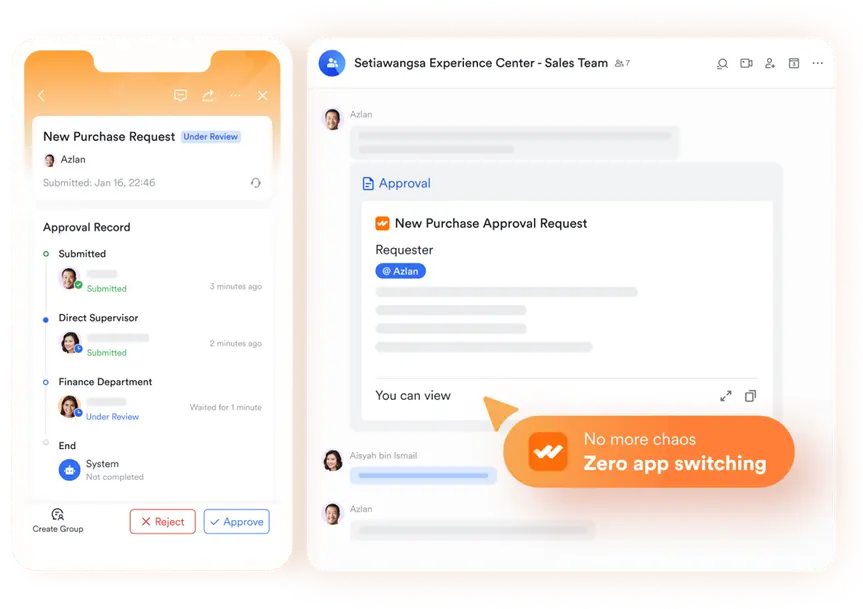
In remote operations, waiting for approvals can quietly drain momentum. Lark Approval changes that by embedding structured decision-making directly into the workflow. Instead of chasing signatures or waiting for someone’s “morning,” Lark keeps decisions flowing around the clock through an automated workflow.
A design lead in San Francisco can submit a creative asset for review before signing off for the night. While they sleep, managers in Singapore receive and approve the request, triggering an instant notification that work can proceed. By the time the US team wakes up, the next stage is already underway.
That’s how remote-first companies maintain velocity without compromise. Lark Approval ensures accountability stays intact even when no two team members share working hours — turning global distance into continuous progress.
Conclusion
Remote-first work involves more than flexibility — it’s about clarity, trust, and alignment. Organizations that don’t organize around luck, rather they organize to make clarity inevitable. Lark, is a system — a workspace — that turns distributed teams into a well-oiled machine.
Messenger connects conversations, Calendar connects time, Tasks connects execution, Base connects reality, and Approval connects speed. All together, they create predictability in a world of unpredictability.
The future of work isn’t remote—it’s rhythmic. And Lark’s project management software ensures that rhythm never misses a beat.
Also Read
